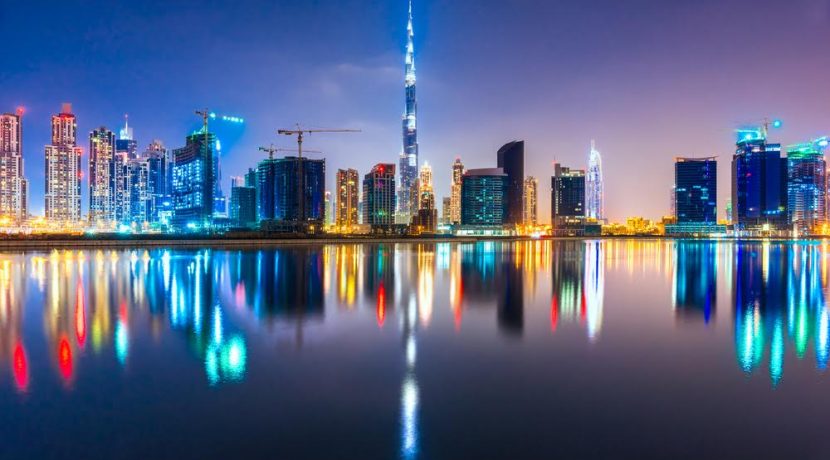But over last 11 years, returns on villa investments in Abu Dhabi have held up well
Dubai apartments come up with best returns for investors
But over last 11 years, returns on villa investments in Abu Dhabi have held up well
Dubai: For apartment investors in Dubai, it’s advantage time. Apartment values in Dubai have on average gained twice what comparable units in Abu Dhabi did over the last 11 years — a period in which the property market went through two sharp upturns and two downturns, according to date from Reidin-GCP, the consultancy.
But in the villa category, investors in both cities were on level terms. “Both cities’ capital gains mirrored each other indicating that in the horizontal space there is equal value being perceived by investors,” states the report.
“In the rental space both cities have followed the same trajectory as prices between June 2012 to February 2017. Dubai apartment rentals appreciated more than 35 per cent since that time, while apartment rates in Abu Dhabi slip back to 2012 levels.”
For investors these details matter. Abu Dhabi’s residential space continues to be under severe pressure, both from a lack of buying activity and rental pressures at the high-end apartments and villas. In many ways, Abu Dhabi realty is facing the same reverberations Dubai’s experienced in the second half of 2015 and early 2016, before getting into relatively calmer waters in the second half of 2016.
One way that developers — in both markets — are pushing back is control the pace of completion of projects. “In 2016, Abu Dhabi had a completion rate of 75 per cent whereas Dubai had 65 per cent,” states the Reidin-GCP report. “The realisation rates of supply in both cities have been systematically lower.”
This is indicative of “greater sensitivity on the part of developers to adjust to market conditions,” it adds. “The number of units launched in Dubai in the last two years dwarf those of Abu Dhabi in the freehold space.”
Last year, as against the 5,000 units that Abu Dhabi was supposed to see completed, actual deliveries were 3,725 units. Dubai developers were expected to hand over 20,000 units but ended up delivering only 65 per cent.
It could take another two to three years for the dynamic to change as Abu Dhabi begins to scale up supply, and especially so in the mid-income space.
And when that happens. “It is likely that the price cycles of the two cities will start to converge,” the report says. “Although relative locational and regulatory advantages may be something that investors focus on during price cycles, the overall market dynamics indicate that prices should start moving in tandem between the two cities in the coming years.”
All rights reserved to the initial publisher for gulf news.
Collected and published by Arms &McGregor International Realty® editorial team. Get in touched with us at [email protected]

